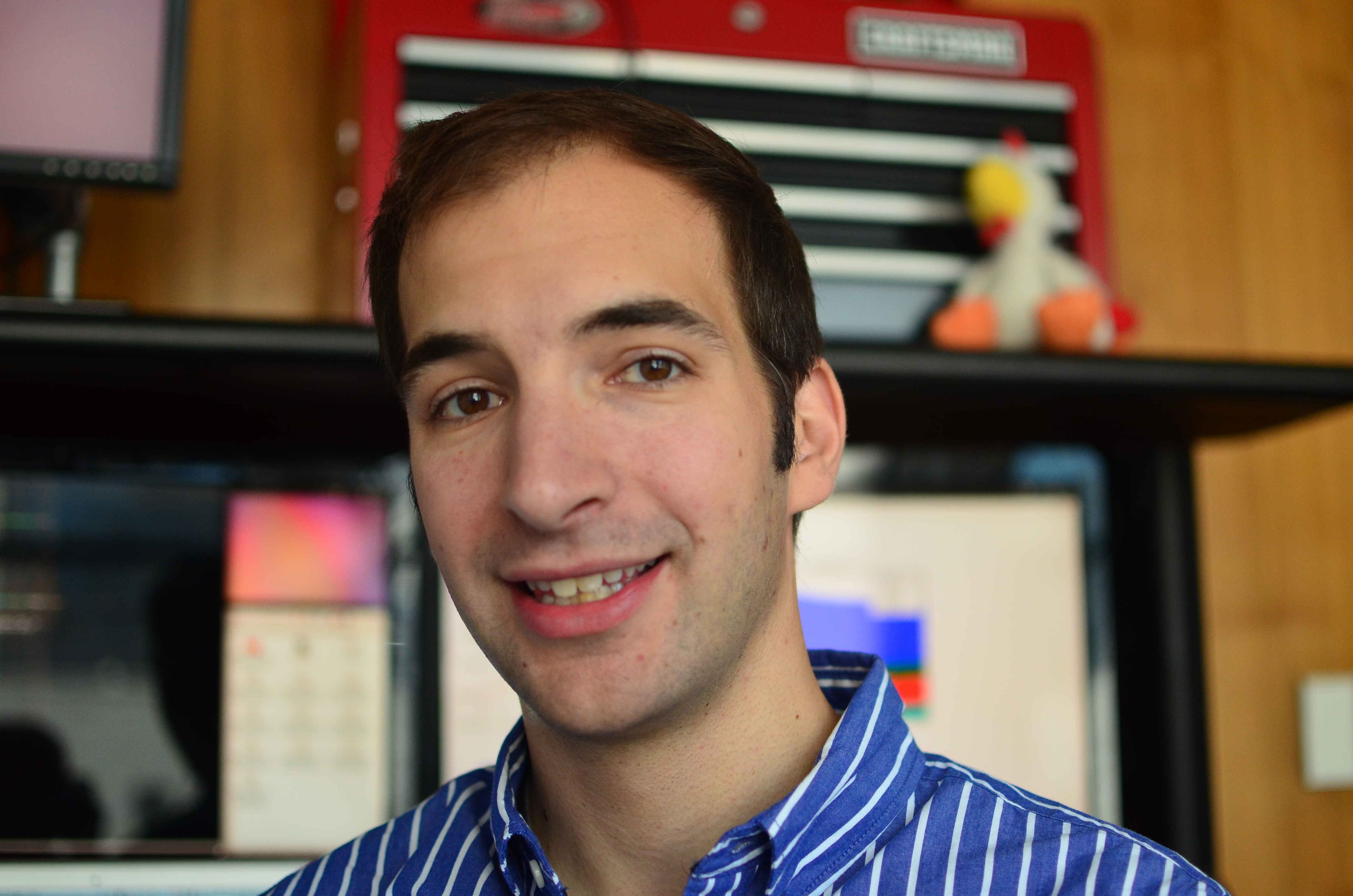Single-molecule localization super-resolution microscopy (SMLM) techniques like STORM and PALM have transformed cellular microscopy by substantially increasing spatial resolution. In this paper we introduce a new algorithm for a critical part of the SMLM process: estimating the number and locations of the fluorophores in a single frame. Our algorithm can analyze a 20000-frame experimental 3D SMLM dataset in about one second - substantially faster than real-time and existing algorithms. Our approach is straightforward but very different from existing algorithms: we train a neural network to minimize the Bayes’ risk under a generative model for single SMLM frames. The neural network maps a frame directly to a collection of fluorophore locations, which we compare to the ground truth using a novel loss function. While training the neural network takes several hours, it only has to be done once for a given experimental setup. After training, localizing fluorophores in new images is extremely fast - orders of magnitude faster than existing algorithms. Faster recovery opens the door to real-time calibration and accelerated acquisition, and future work could tackle more complicated optical systems and more realistic simulators.
